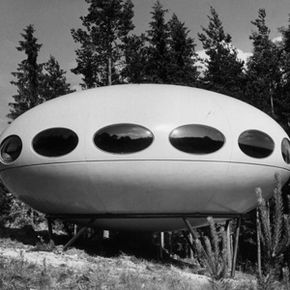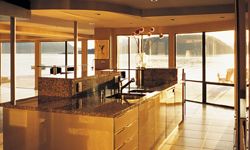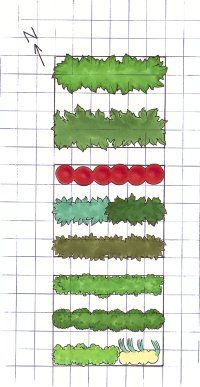I love those old "house of tomorrow" film shorts from the 1950s and 1960s, but I sometimes wonder if the creative minds behind them are disappointed by homes today. No wild, bubble-shaped pod houses, no floating from room to room and no robot servants (unless you count the Roomba). Most of us live in homes that are very traditional, and styles of architecture from the past have cult followings.
Even homes that are more cutting-edge still have many of the same features that homes did 50 to 100 years ago. We still have kitchens, living rooms, bedrooms and bathrooms. We're still sitting on sofas, eating at tables and sleeping on mattresses resting on wooden or metal bed frames.
Advertisement
Yes, there have been some amazing improvements -- indoor plumbing, flush toilets and electricity have all made a huge difference in the lives of everyday people. While these existed 50 years ago, our modern array of appliances and electronics is dizzying in comparison. If you have older relatives who have trouble using a cell phone or don't understand why we've moved on from cassette tapes and VHS, you know what I'm talking about. But people of the past would still be able to recognize a lot of what makes up a normal home today.
When thinking about what houses might look like in 50 to 100 years, it's hard to imagine that they'd be totally unrecognizable to us. It's fun to speculate and admire some of the more unusual, futuristic home styles, but most of them aren't going to become the norm. In addition, some architects today argue that newer houses aren't built to last the way that older homes were. That means that there's a good chance houses in the future will be a mixture of newer architecture (possibly built of longer-lasting materials) and houses standing today that have been upgraded for modern sensibilities.
Let's take a look at what homes might look like in the future, starting with the high-tech and energy-efficient features that have the most staying power.
Advertisement



